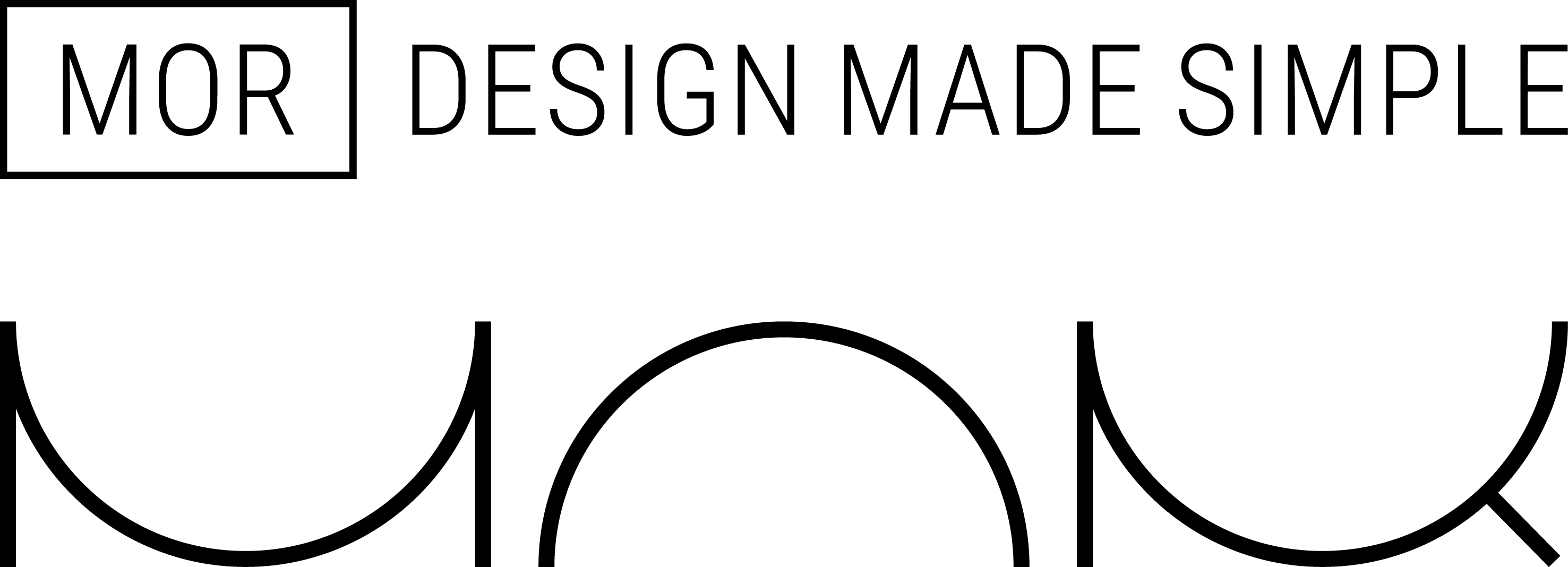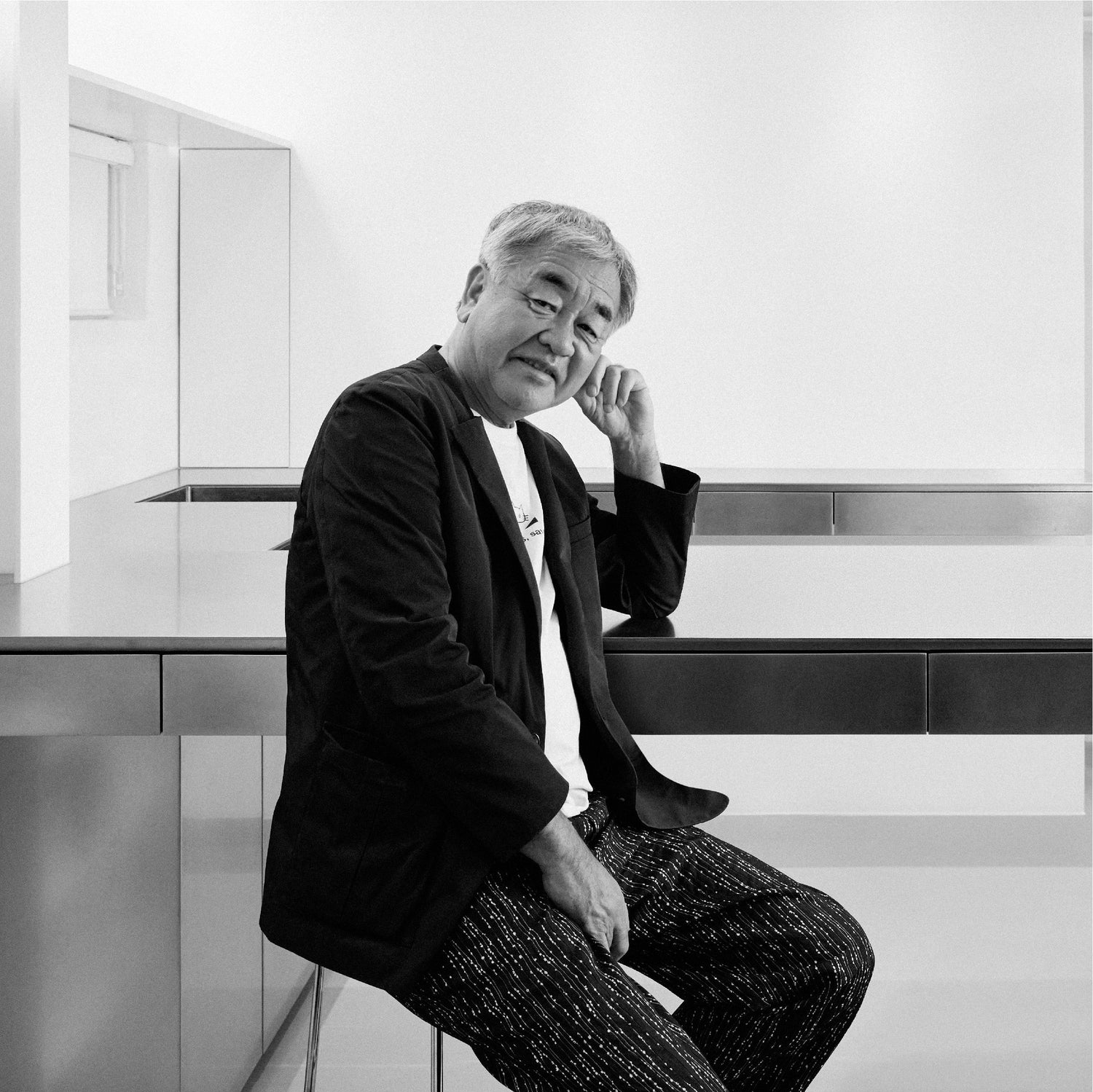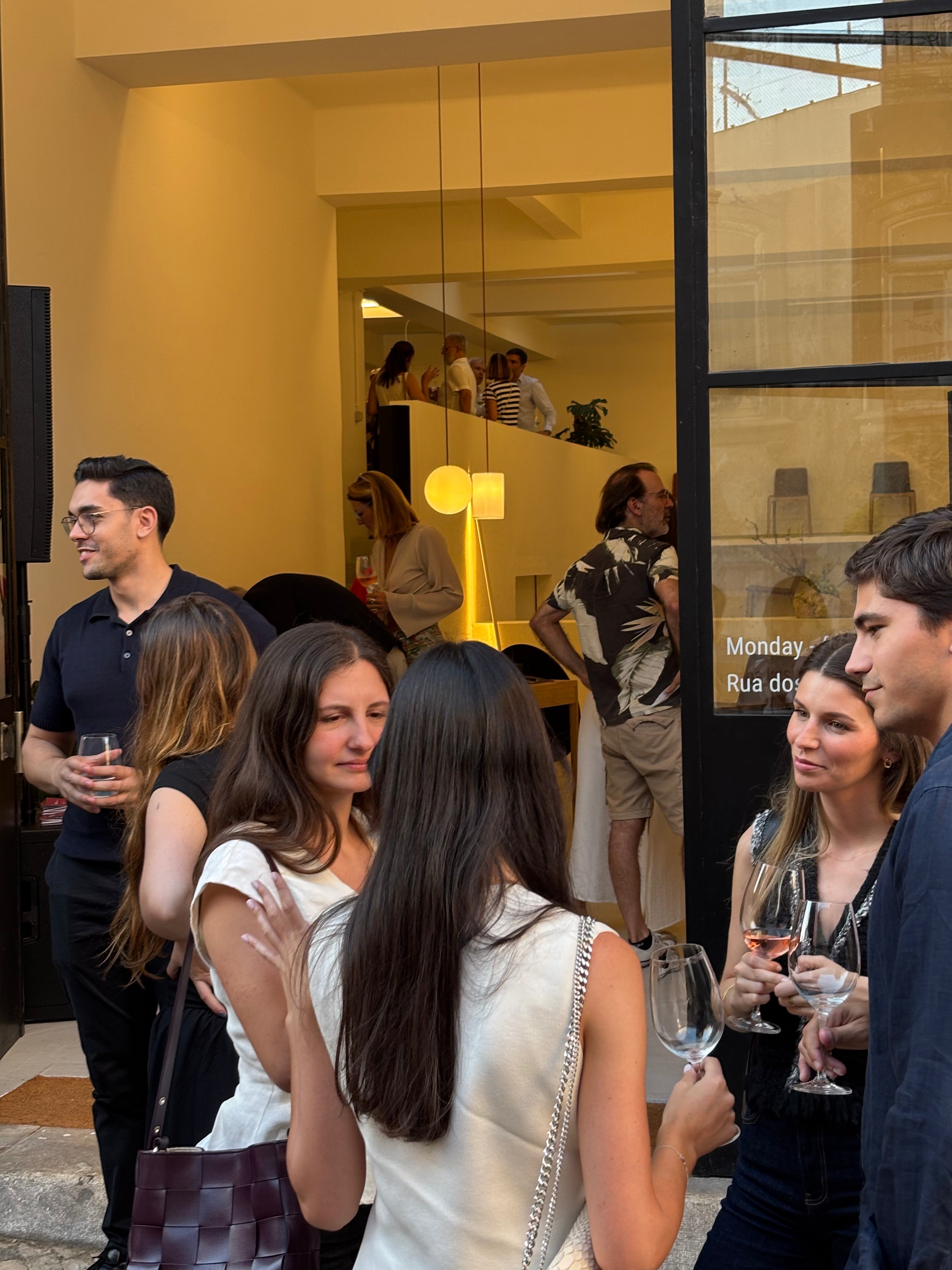When Kengo Kuma designs a chair, he doesn't just create furniture. He builds a relationship -- between material and space, body and stillness. The new AITAI collection, created for MOR, reflects that thinking through three distinct versions. Each speaks its own language, but all follow the same principle: design as structured thought.
Kengo Kuma: architecture as quiet force
Kuma is known for architecture that breathes. From the Tokyo Olympic Stadium to the V&A Dundee, his work treats space as an active element. Designing furniture was inevitable. AITAI carries the same clarity: proportion, restraint, silence with purpose.
AITAI: a chair designed for connection
In Japanese, "aitai" can mean "I want to see you." The chair reflects this through its triangular structure -- no front, no back, just openness. It's a shape that invites presence, not posture.
The wooden version uses solid ash and natural fabric. It's the softest in tone, but with substance. Ideal for contemplative spaces, reading corners, and quiet interiors.
AITAI in metal: controlled tension
The black stainless steel version is sharper. Clean angles, matte finish, upholstered seat. Ideal for bold interiors and precise environments.
The stool strips everything back. No backrest. No decoration. Just form, intention, and purity of function.
Why AITAI is more than a chair
It’s not decorative. It defines space. Three legs, asymmetric structure, deliberate balance. You don’t sit by accident — you choose.
Each version is made in Portugal. Built to order. Delivered in 4 to 6 weeks. Limited availability.
A chair for those who don’t need convincing
AITAI is for people who see authorship in form.
Who know that design is not style — it’s intention.
And who don’t want just a chair, but a statement.



